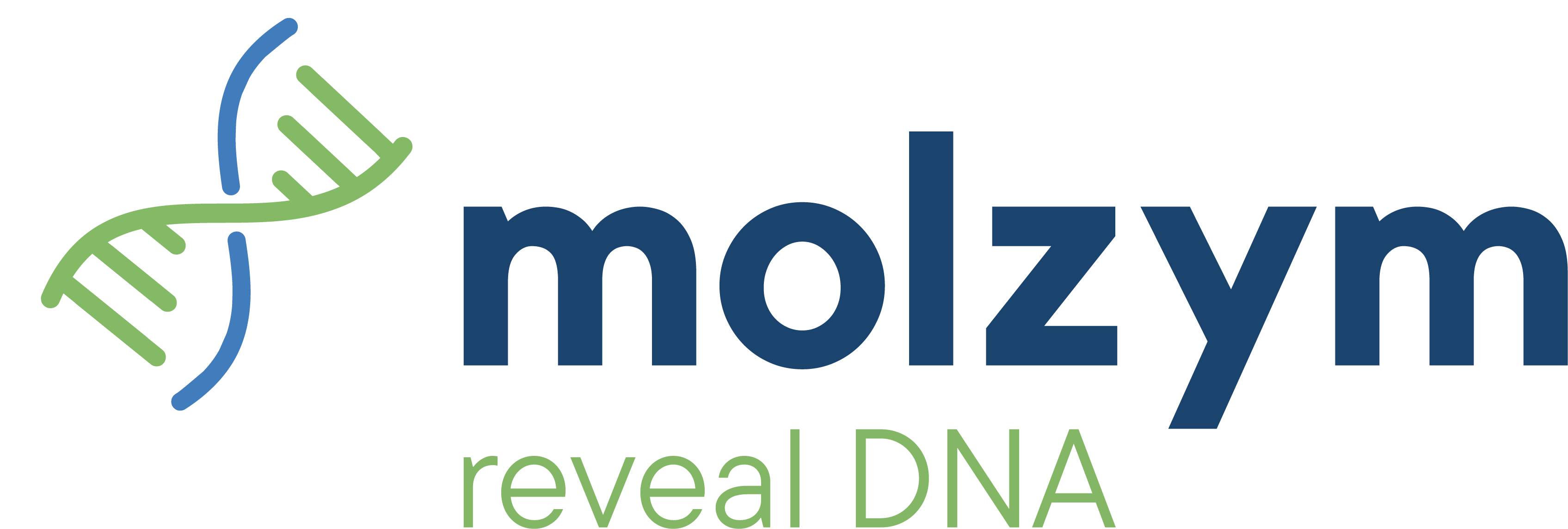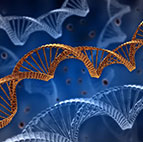NGS Analysis of Pathogens in Broncho-Alveolar-Lavage |
|
| 12 April 2018 | |
|
WMGS allows the identification of microorganisms that were not searched for in routine tests, such as anaerobic bacteria. Moreover, it is complementary with routine diagnostic tests based on culture and molecular approaches for bacterial and fungal identification, providing deeper insights in the composition of the microbiota in clinical samples. Reduced sensitivity in identifying microorganisms due to the high proportion of human DNA fragments relative to microbial DNA fragments in clinical samples is one of the main reasons why WMGS is not used in clinical routine analyses yet. Leo et al. [1] showed that a solution could be Molzym’s Ultra-Deep Microbiome Prep kit. |
|
| Reference | |
| [1] Leo S, Gaïa N, Ruppé E, et al. Detection of Bacterial Pathogens from Broncho-Alveolar Lavage by Next-Generation Sequencing. International Journal of Molecular Sciences. 2017;18(9):2011 .doi:10.3390/ijms18092011. (link) | |
| Brochure | |

 The partial removal of host DNA from a broncho-alveolar lavage (BAL) sample using Molzym’s
The partial removal of host DNA from a broncho-alveolar lavage (BAL) sample using Molzym’s